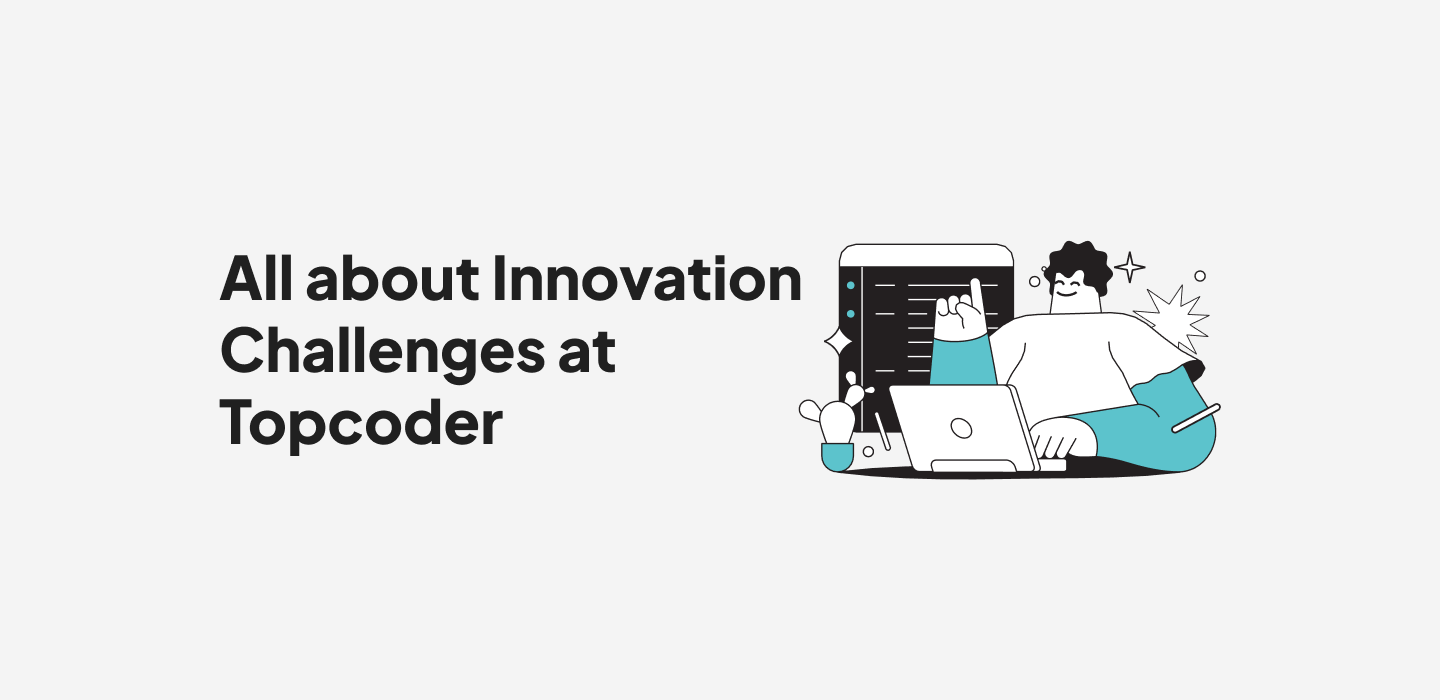March 27, 2024 QA Trends to Watch and the Latest Trends in AI and Automation Related to QA
The integration of artificial intelligence (AI) and automation into the Quality Assurance Landscape is resulting in exciting developments. These transformative technologies are speeding up traditional QA practices and increasing quality. Let’s delve into the latest trends shaping the future of QA.
Why is QA important?
As the pace of technological change increases, so do expectations. Consumers have become more demanding of technology and the user experience. If an app consistently takes too long to load, it’ll be deleted. If a website is prone to freezing, it won’t be revisited. And it’s quality (e.g., seamless loading, high-quality graphics, an intuitive UI) that users crave. One of the keys to quality is quality assurance (QA) — a systematic process aimed at identifying defects, errors, or inconsistencies in software products and ensuring they are rectified before deployment. Automation and AI are having a profound impact on how companies perform QA. Let’s look at a couple of the most important trends in the industry right now.
Automation in QA
AI-Powered Test Automation Tools have emerged as game-changers, offering speed and accuracy in test execution. Leveraging machine learning algorithms, these tools intelligently identify patterns, optimize test coverage, and predict potential defects, thereby streamlining the testing process and reducing manual effort.
AI-Assisted QA
The next progression is from automated testing to AI generated testing. This will move manual QA testing out of favor, and companies who continue to resist adopting automated testing will be left behind. AI can write tests for code, and Quality Engineers are using coding accelerator tools such as Copilot for test creation and generation.
AI is not yet able to write test specifications, meaning it can’t go from the business requirement to running the test, but this is the next thing on the horizon. There’s also value in the possibility of AI helping to see which tests have the most impact, to make sure that limited resources are able to focus in the most important areas.
Machine Learning and Synthetic Data Generation
AI can be used to generate realistic but synthetic data for testing. Machine Learning (ML) is increasingly being employed for Test Data Generation, addressing the perennial challenge of creating diverse and realistic test datasets. ML algorithms analyze historical test data and system behavior to generate test scenarios and data sets, facilitating comprehensive test coverage and reducing dependency on manual data creation.
The latest trends in AI and automation are reshaping the QA landscape, offering exciting opportunities for innovation and efficiency. By staying abreast of these developments and embracing responsible integration, organizations can elevate their QA practices and deliver superior software products in today’s competitive market.
Remember: no matter how you approach QA, your features will be tested. Either you can test them and catch defects early, or you can wait and let your customers find them. To learn more about Topcoder’s AI-powered QA capabilities, go here.
Annika Nagy


